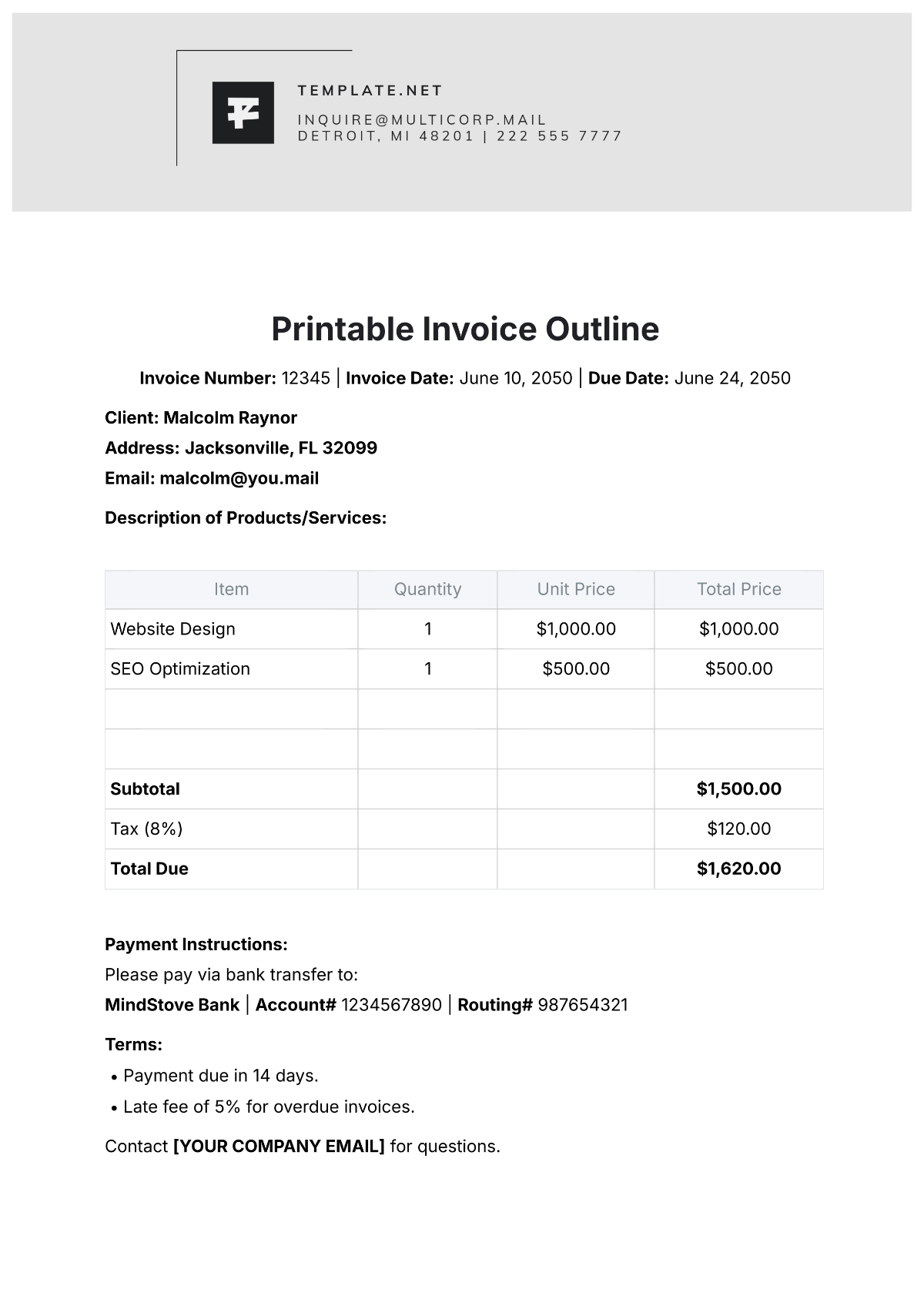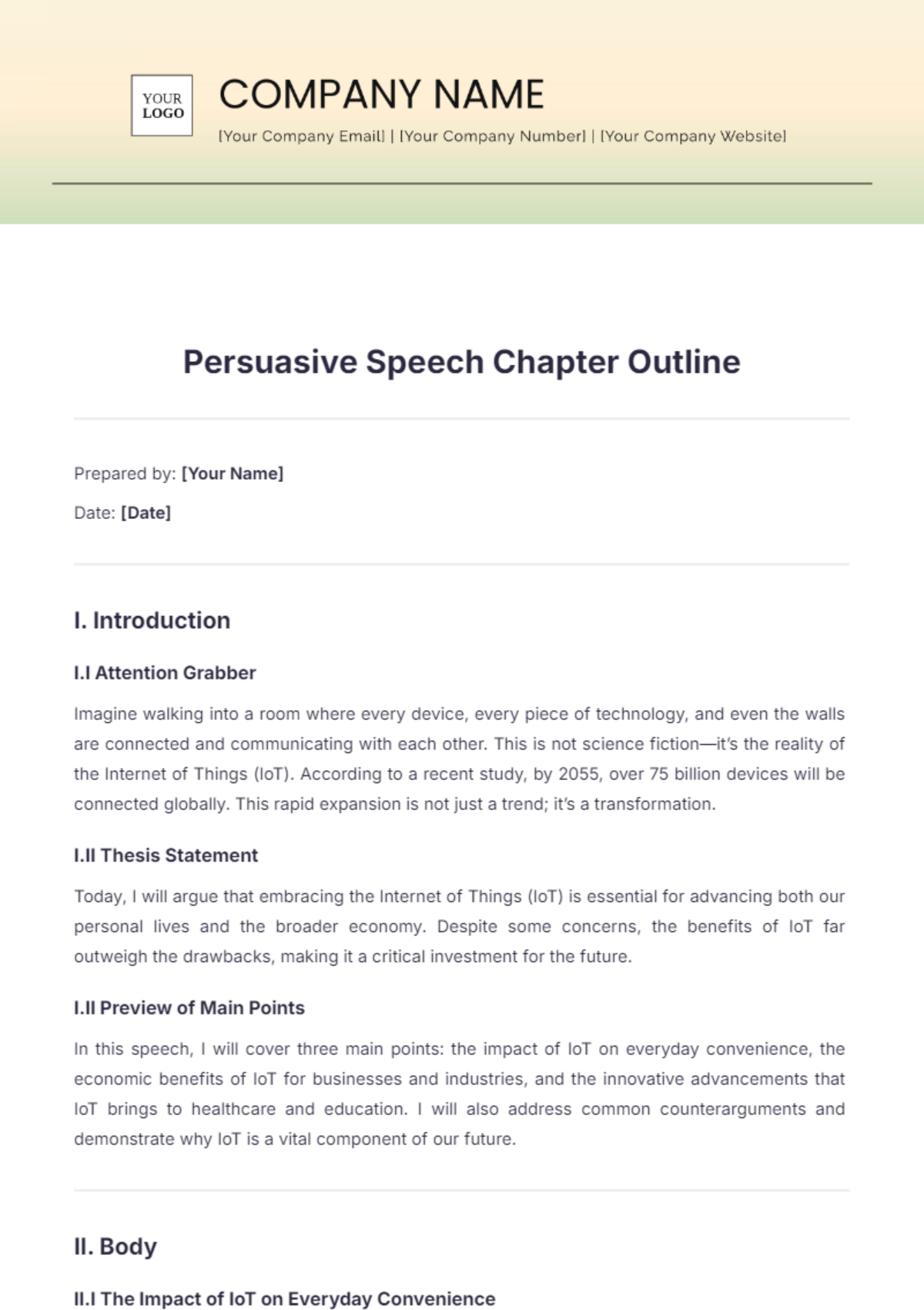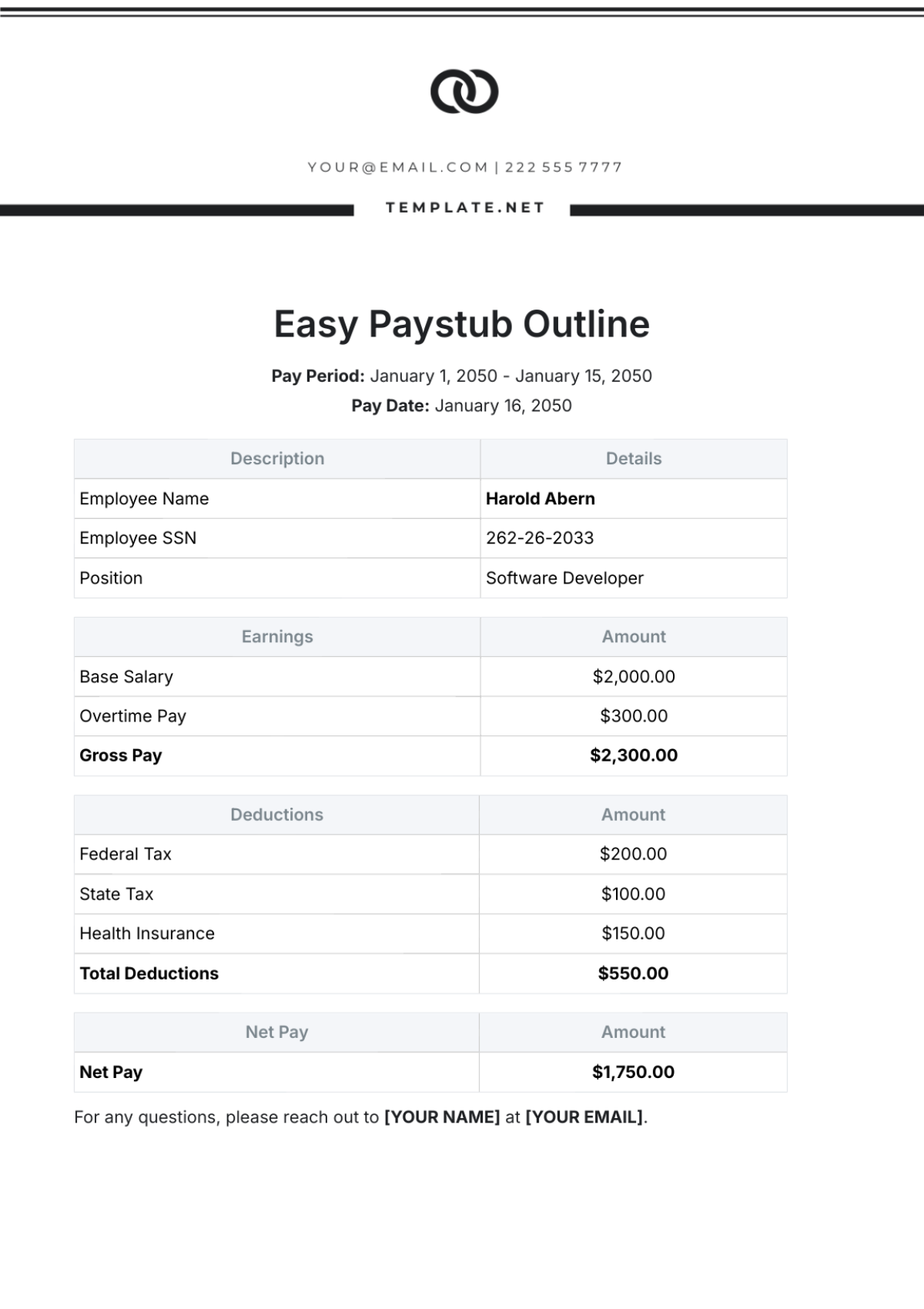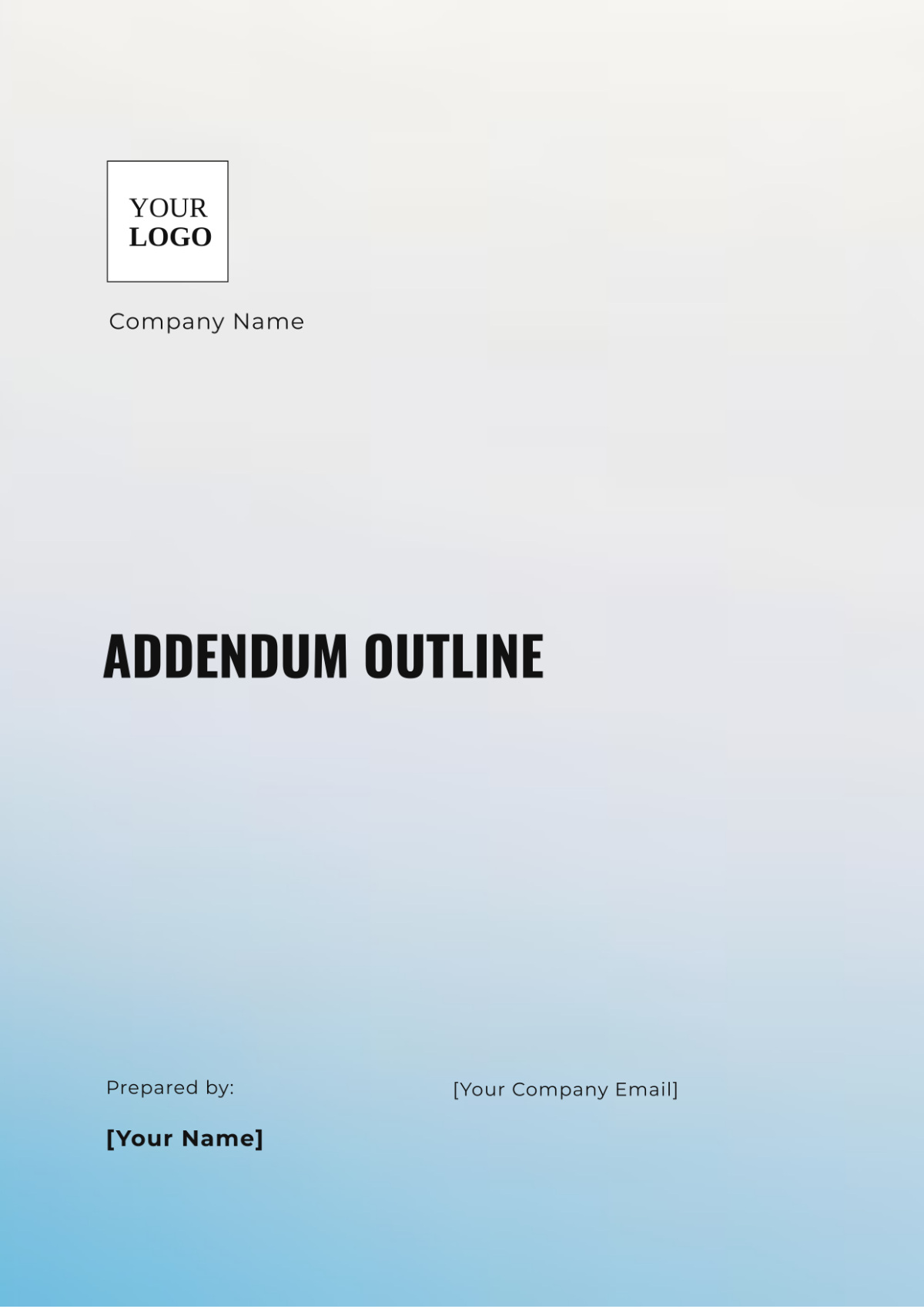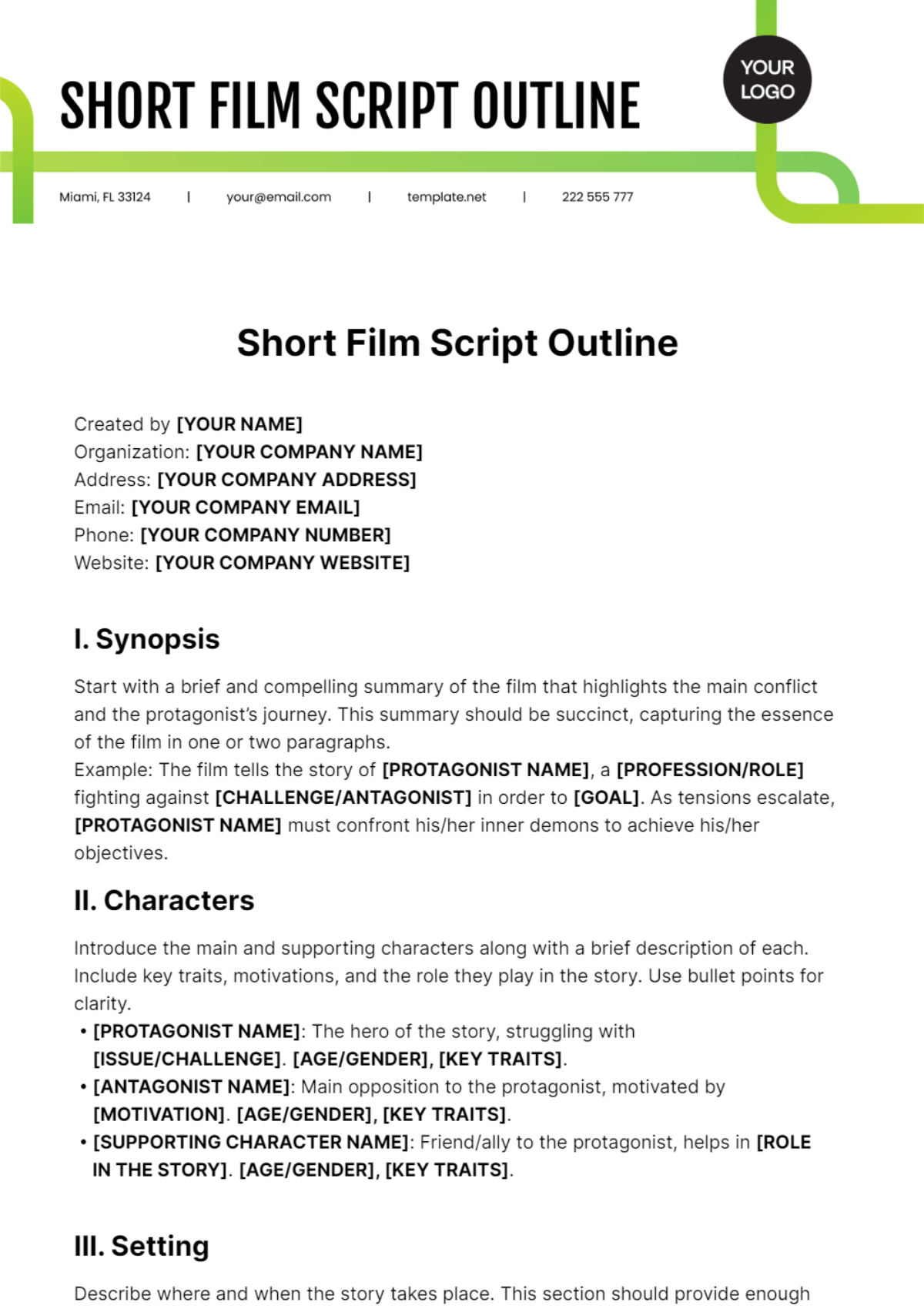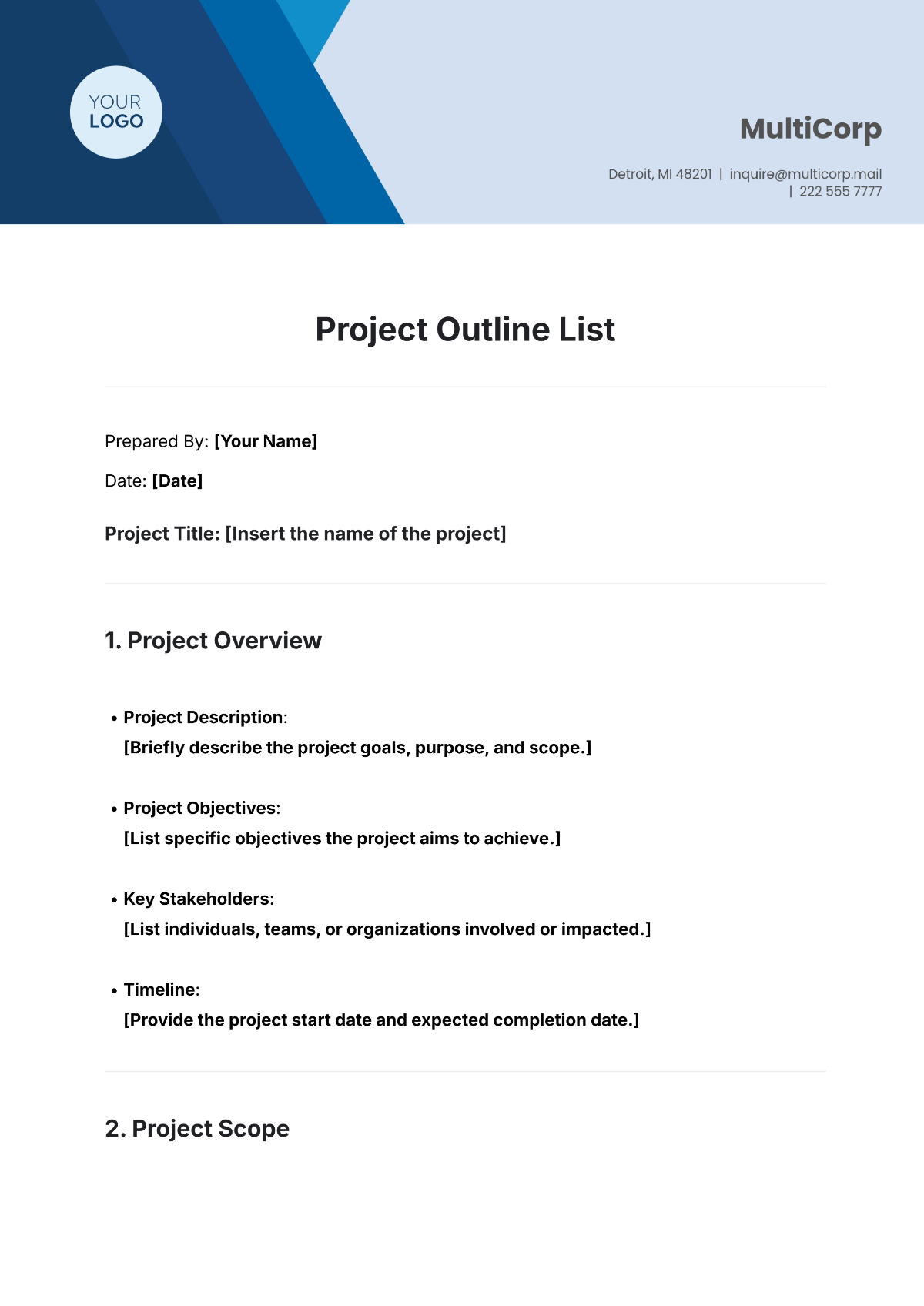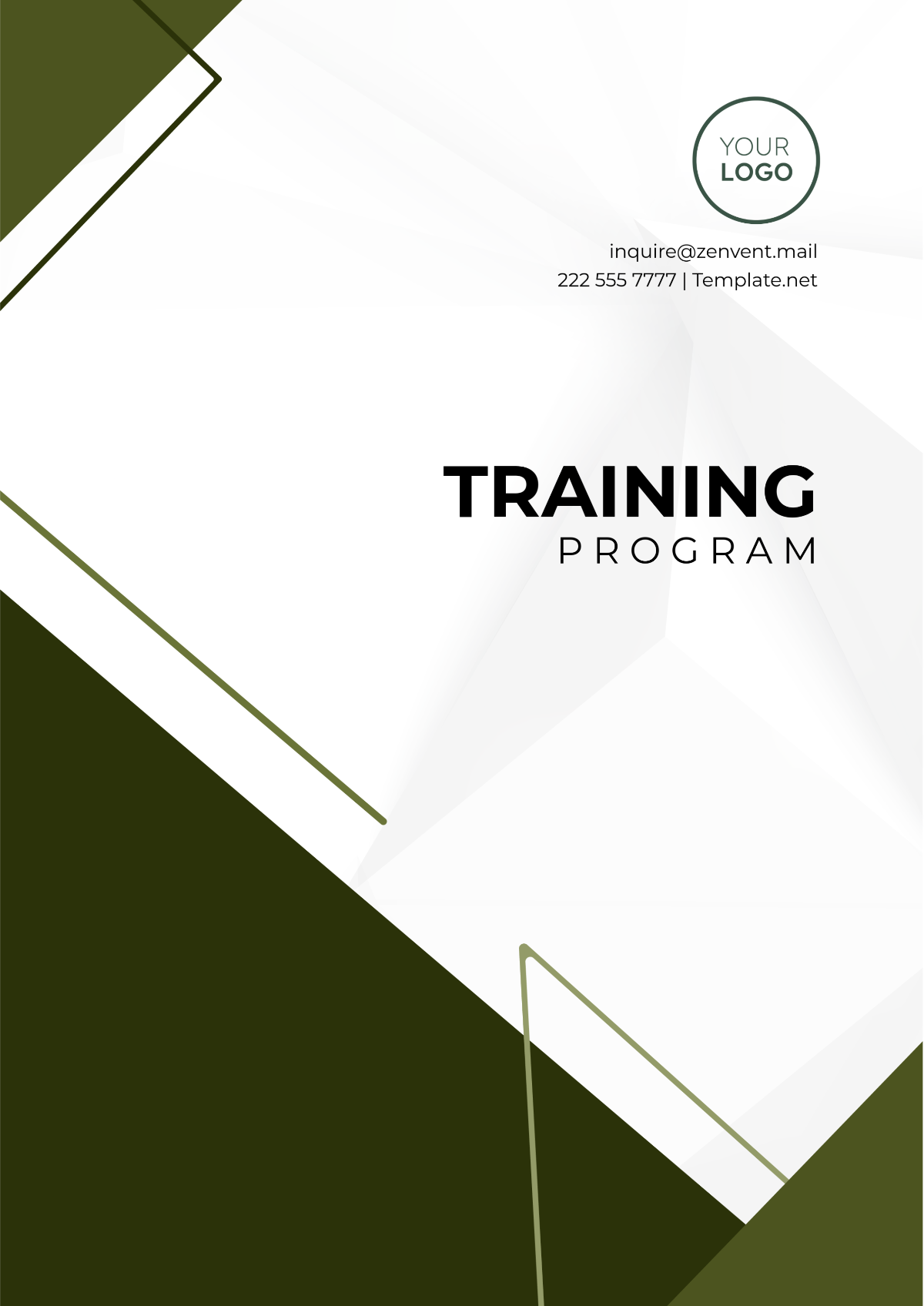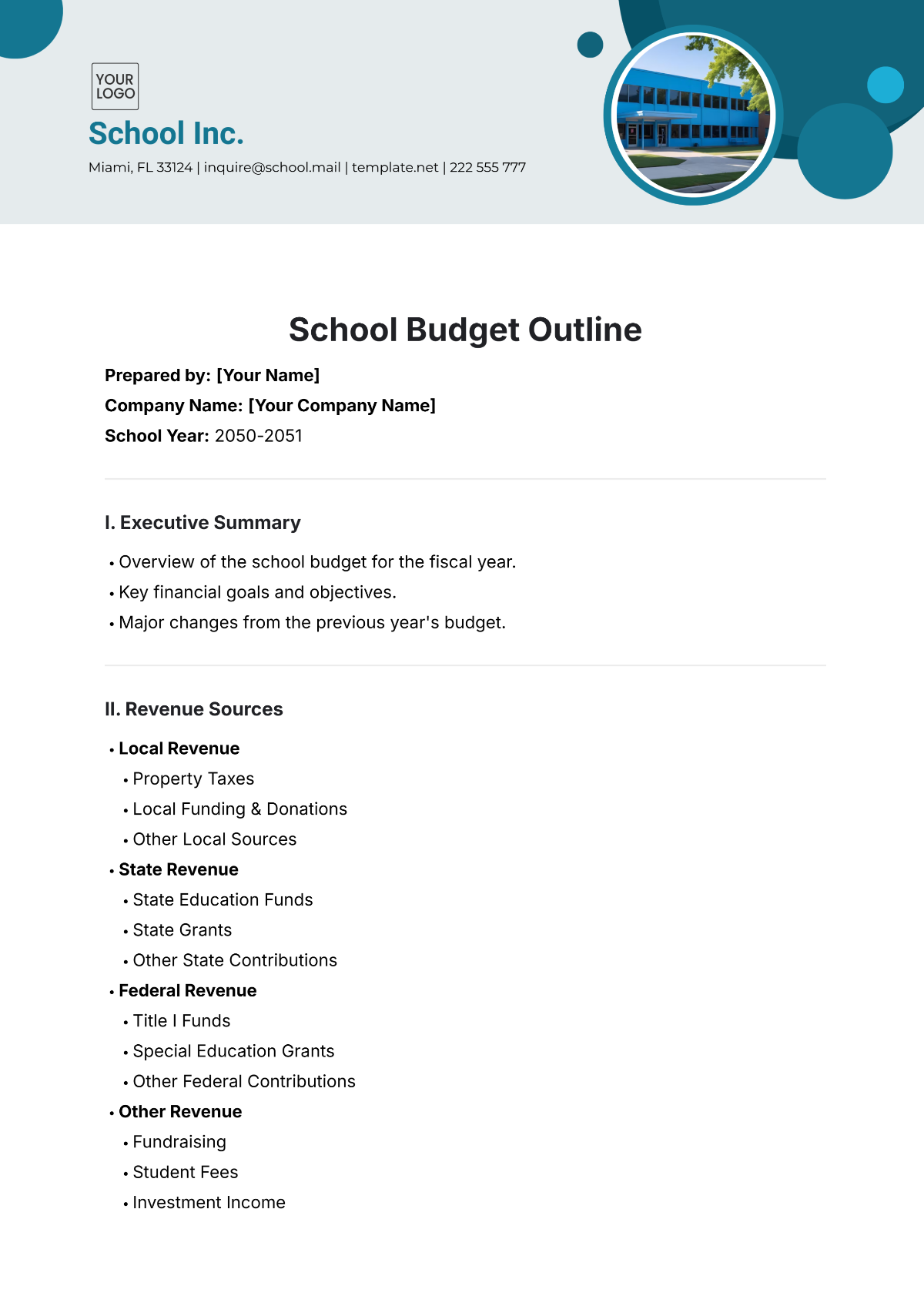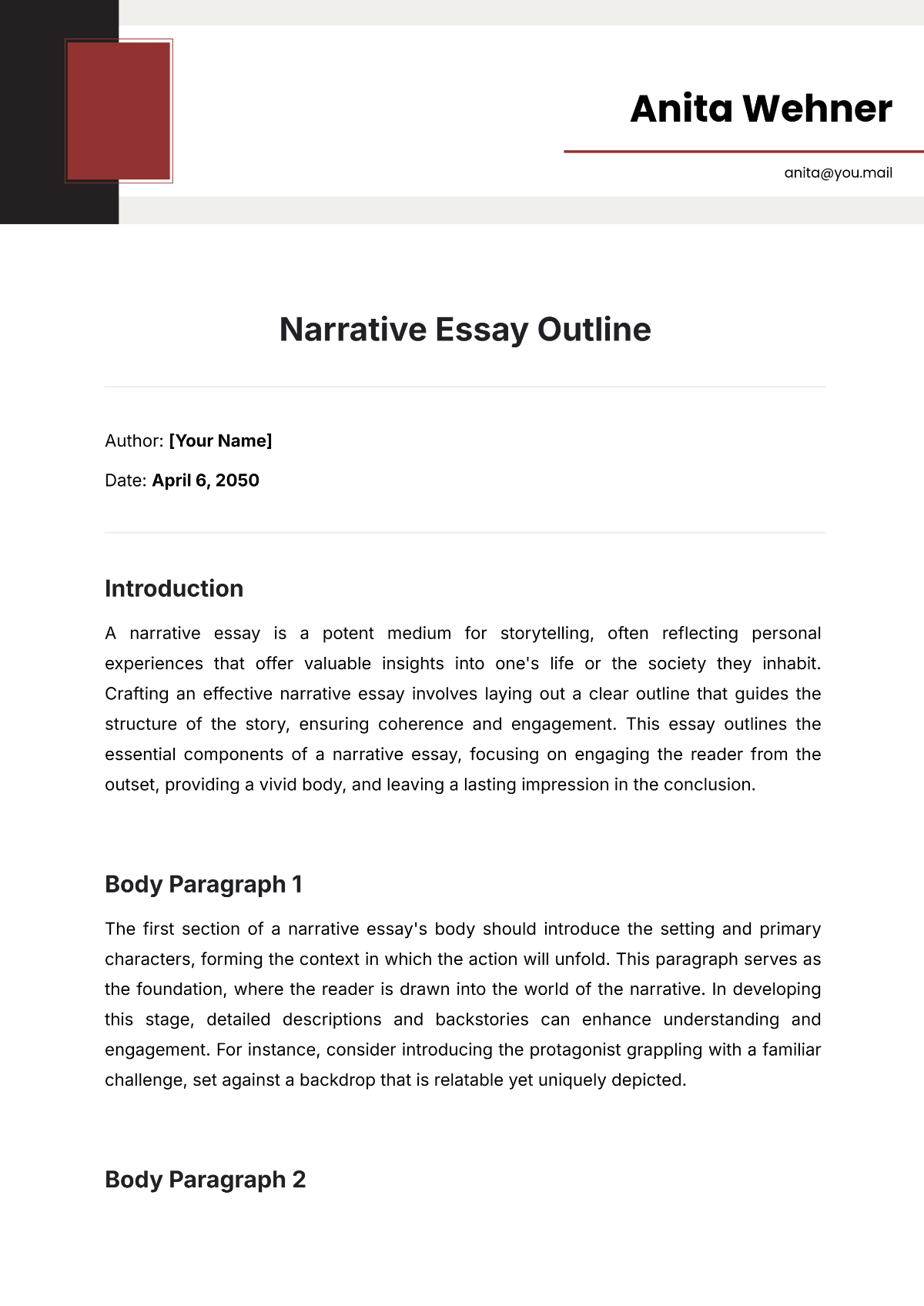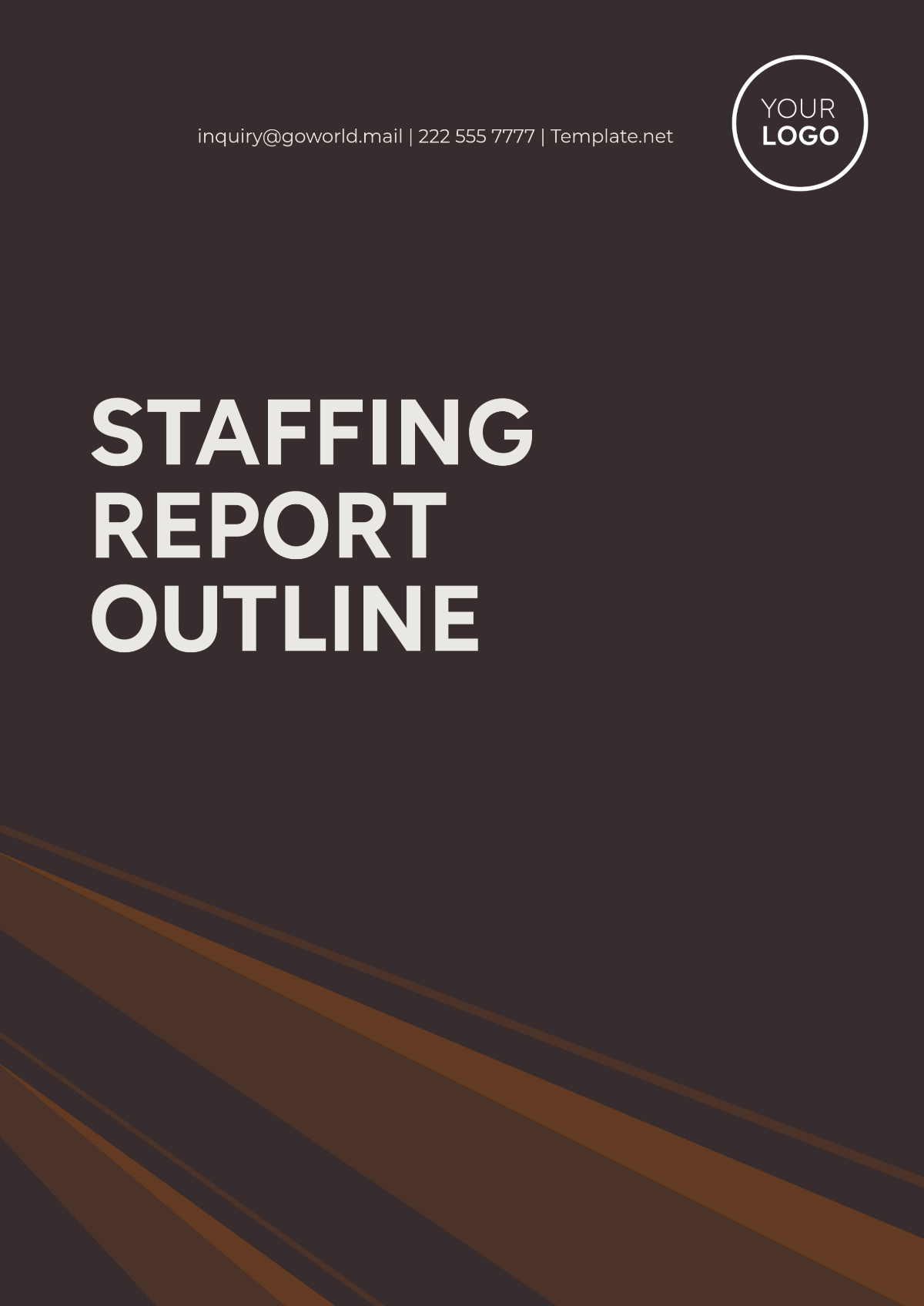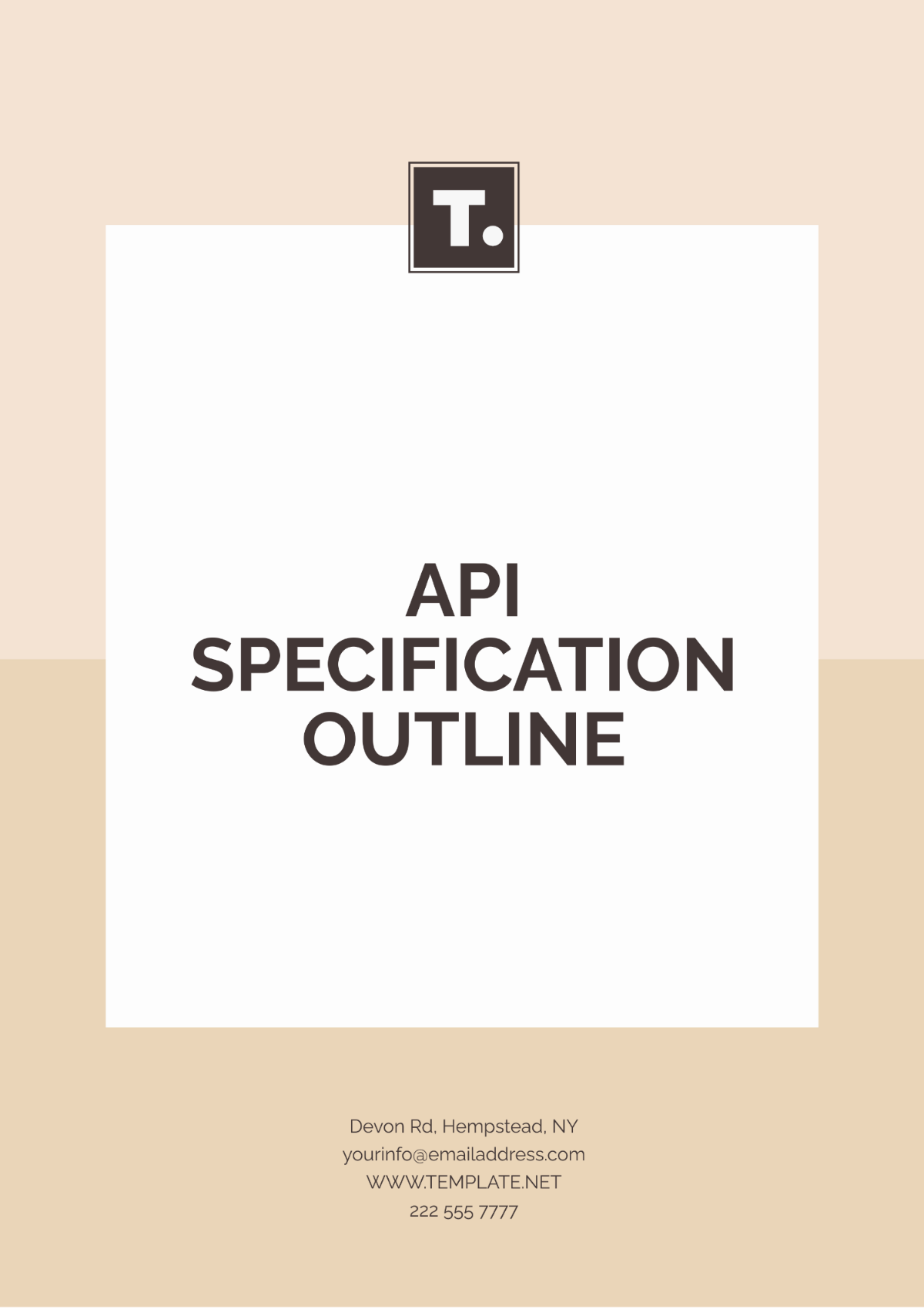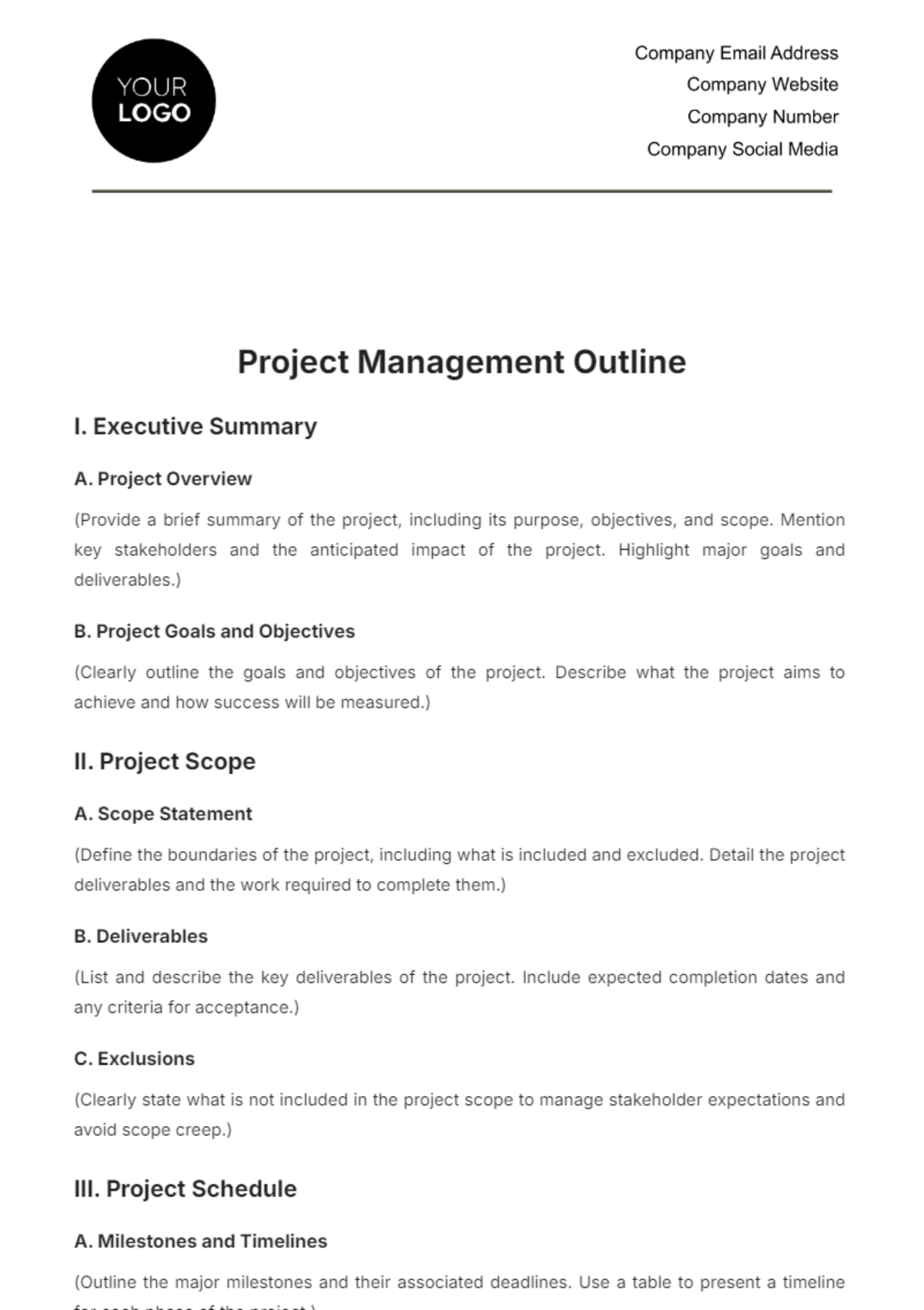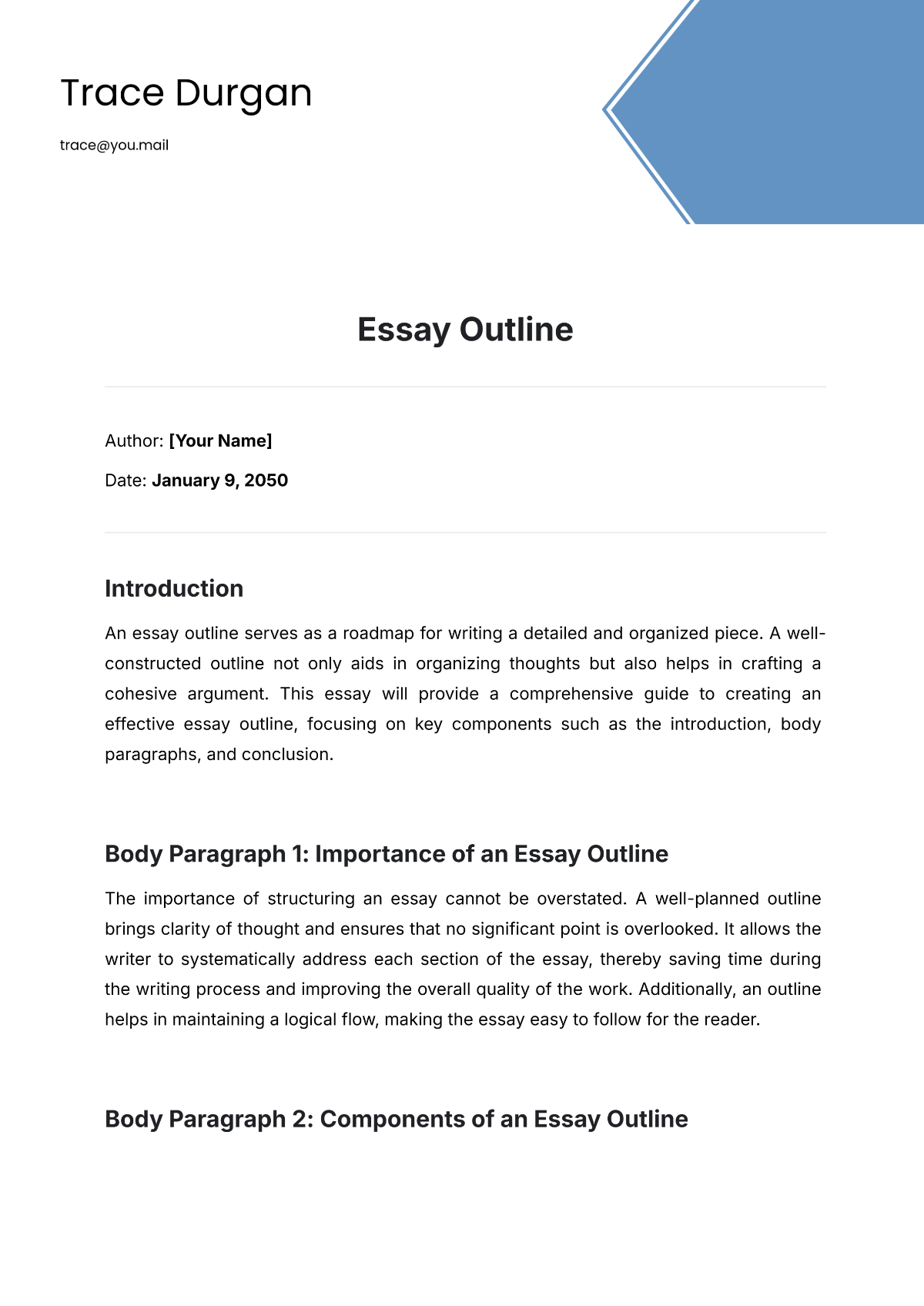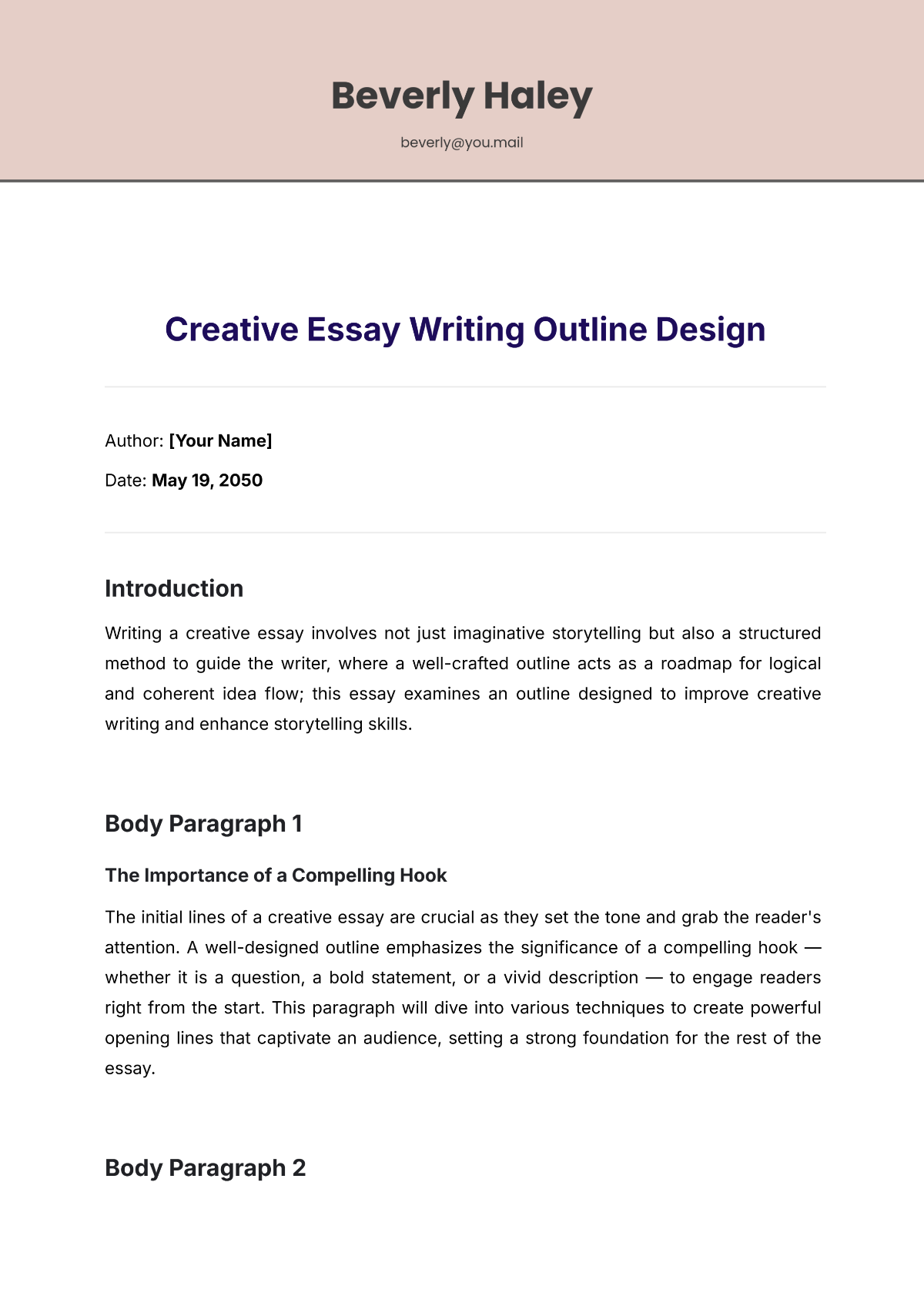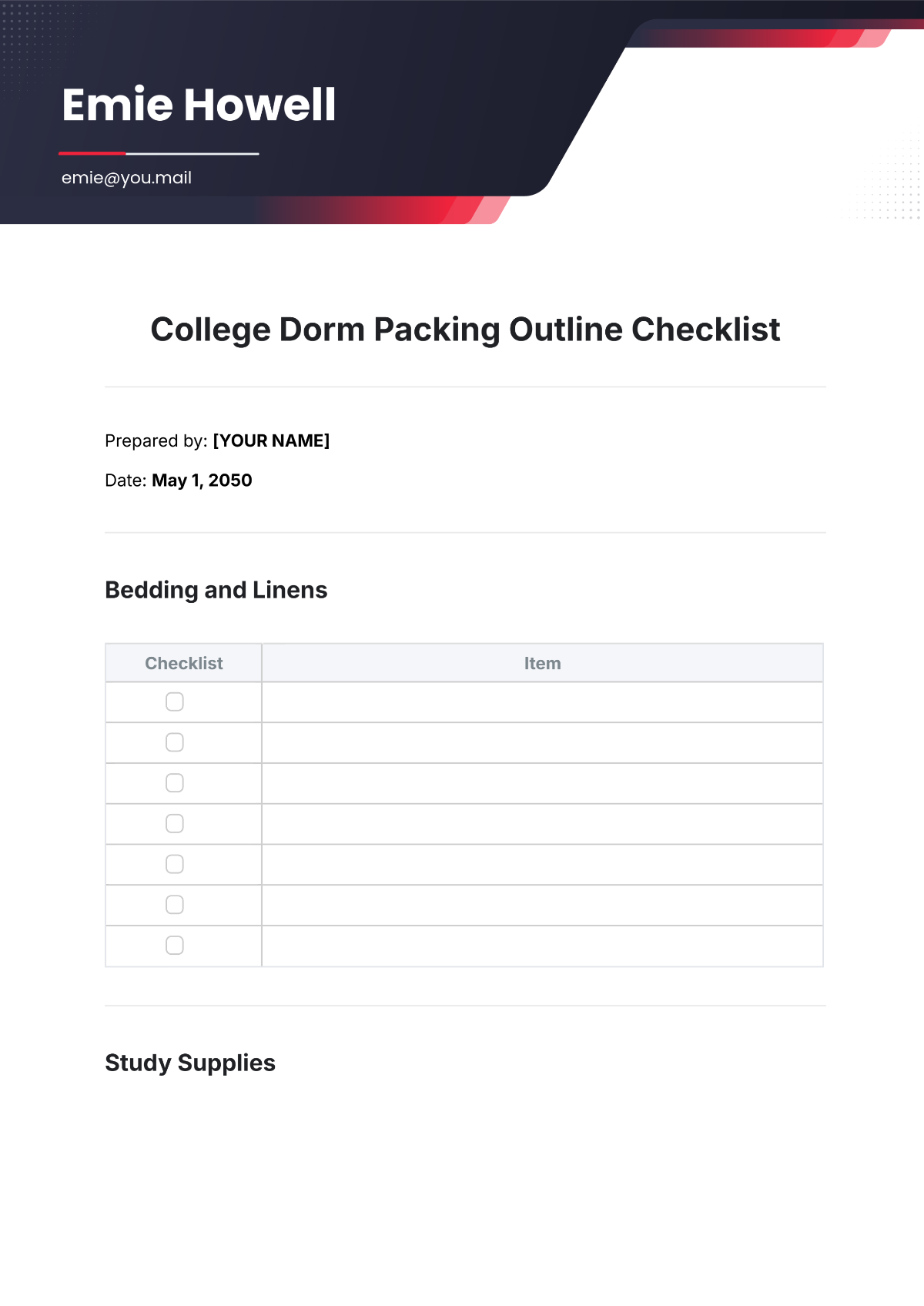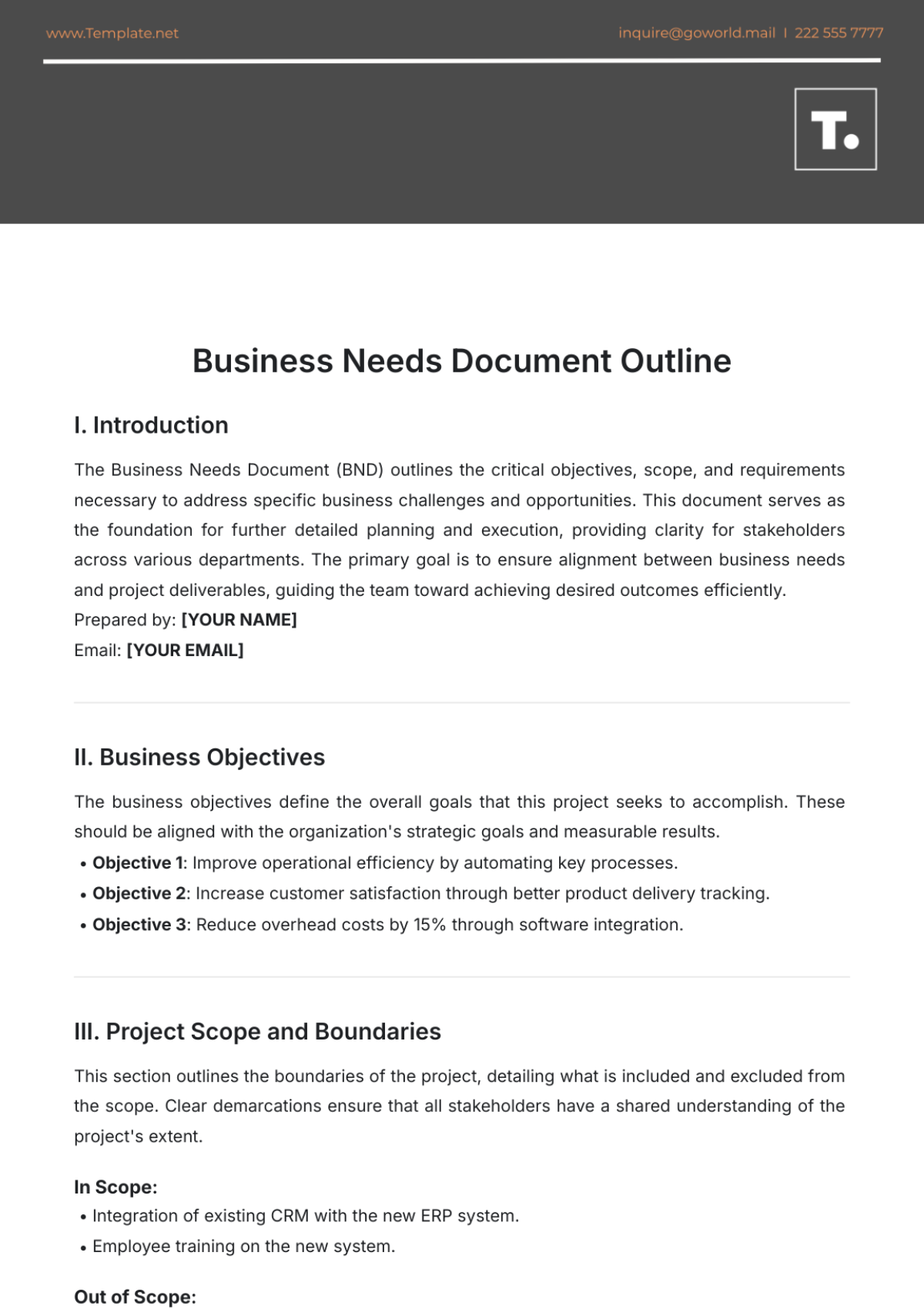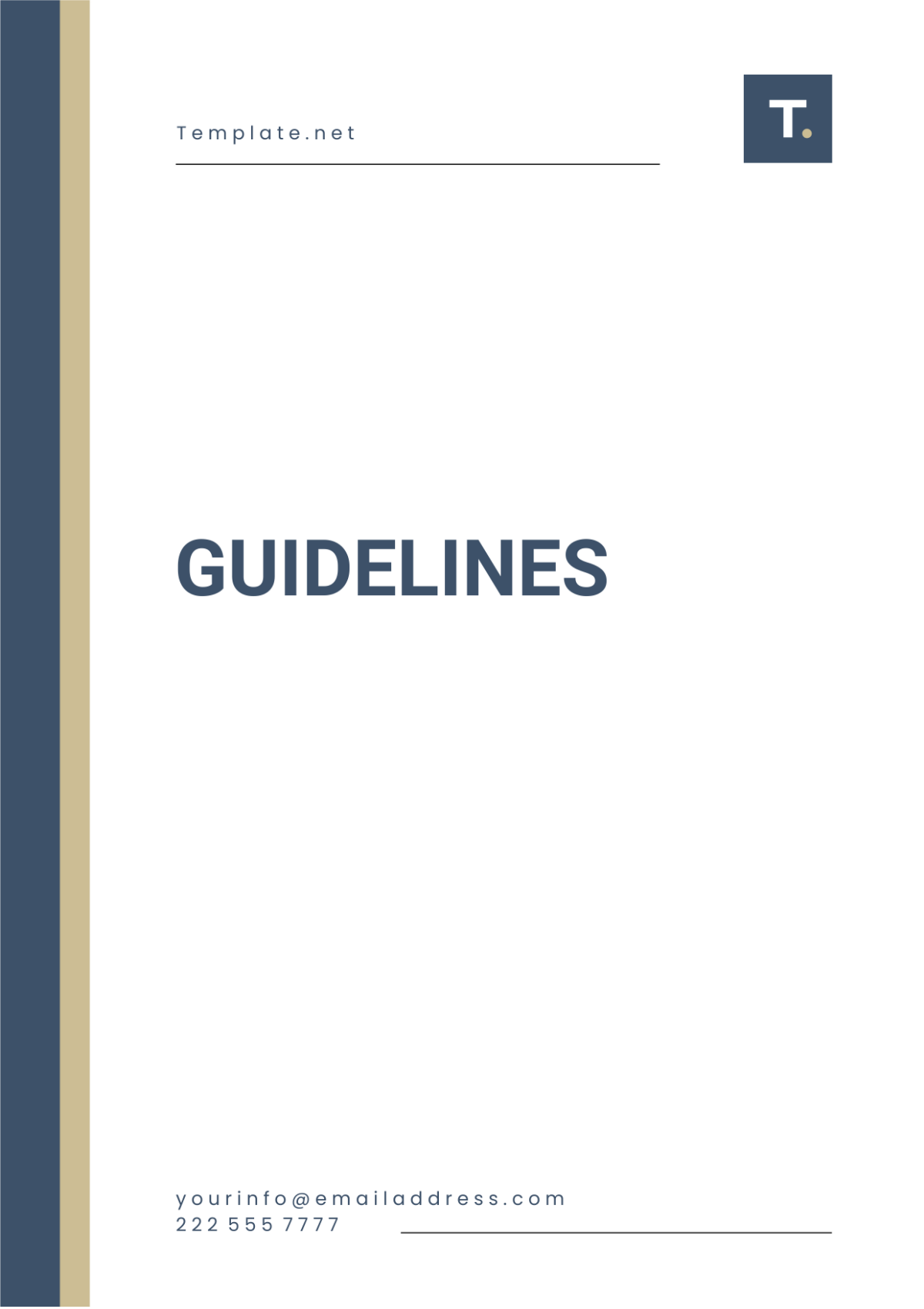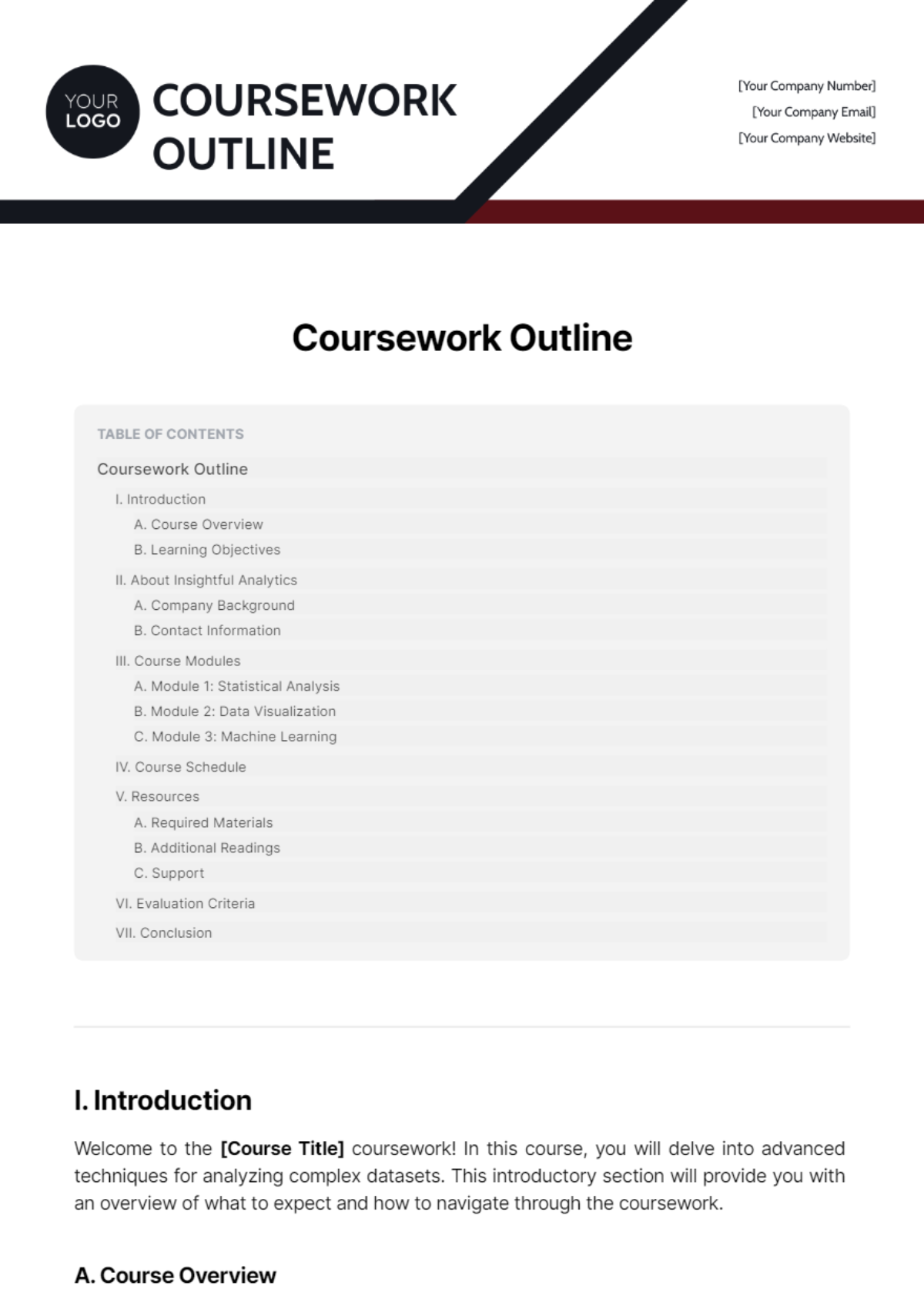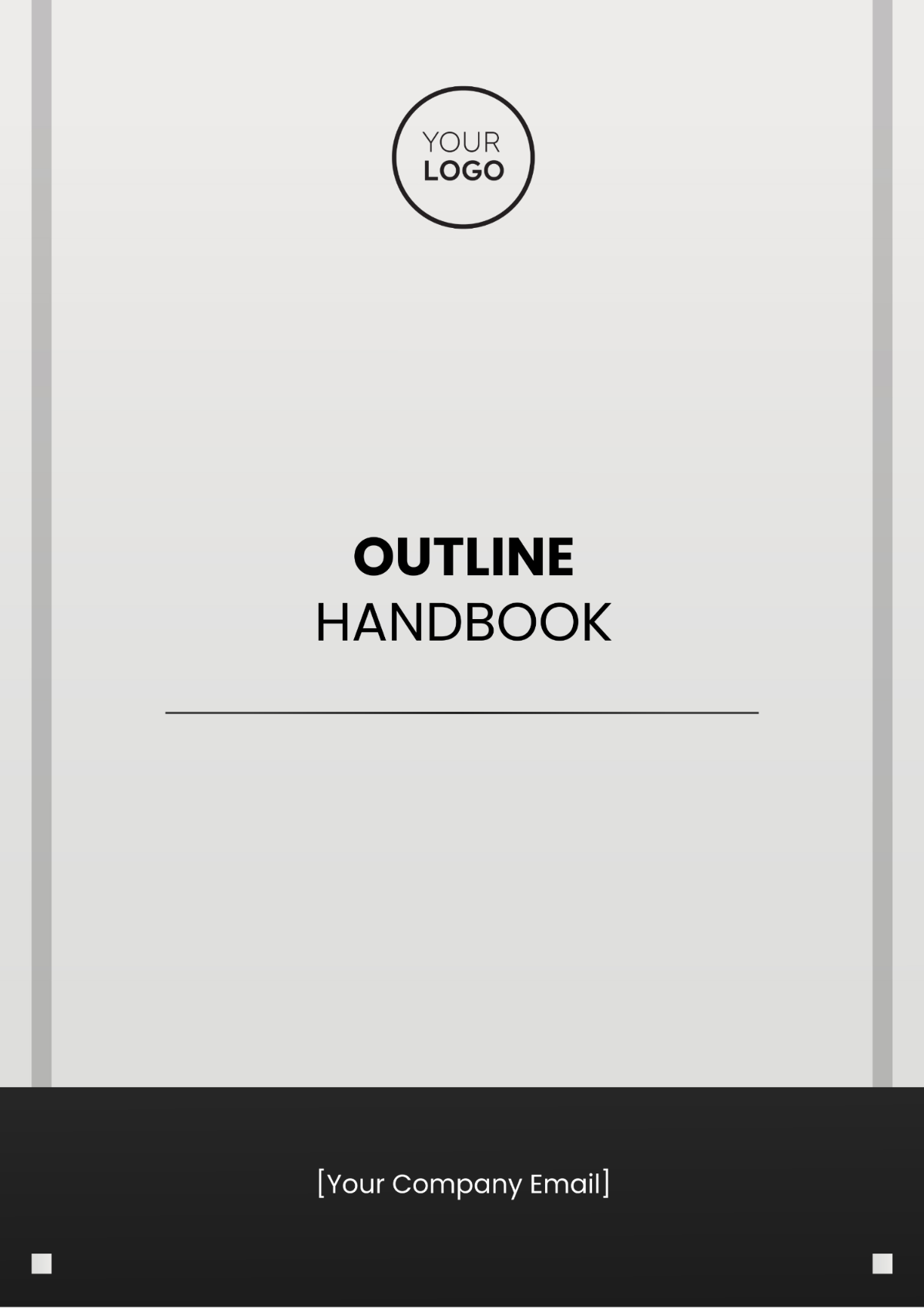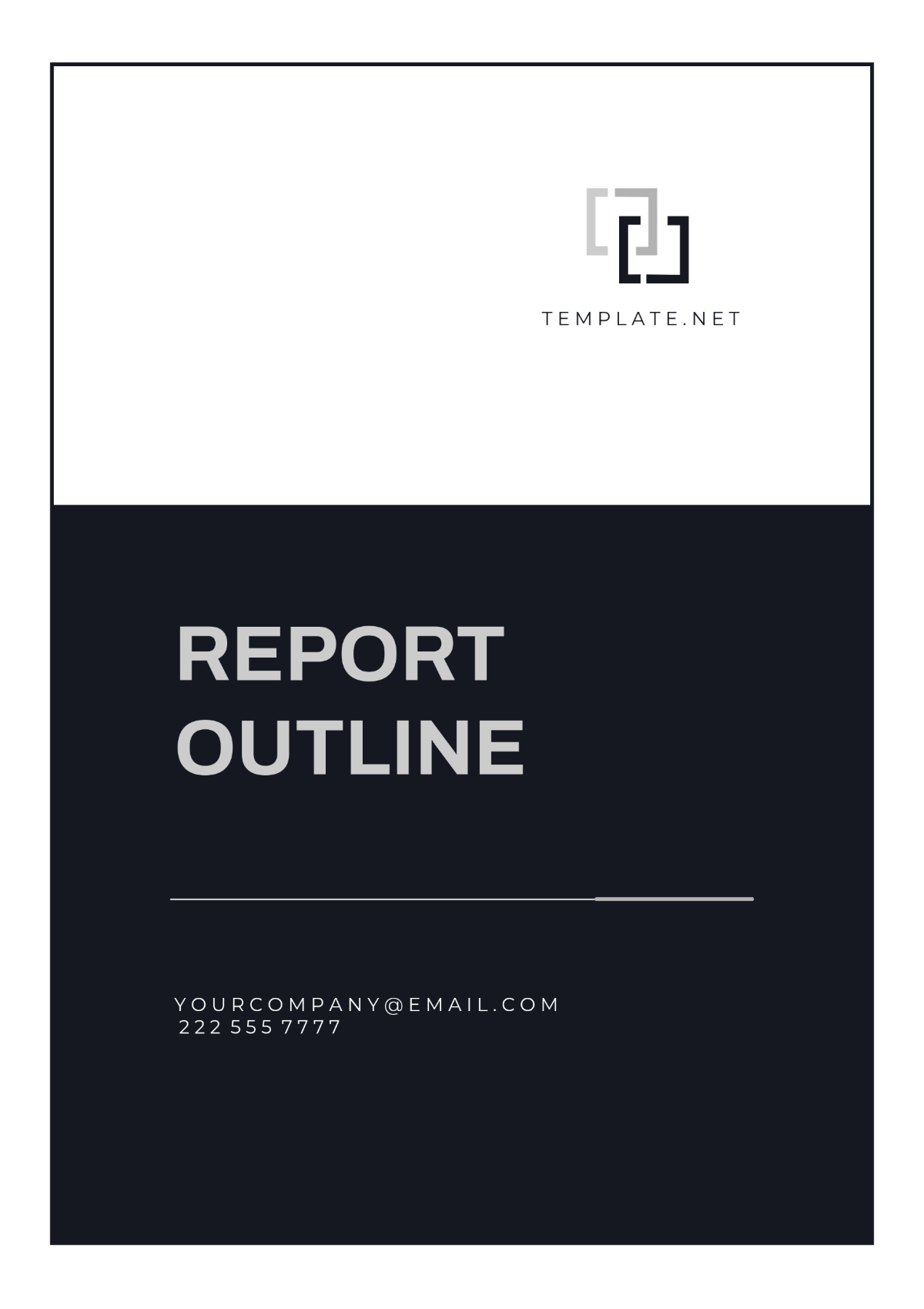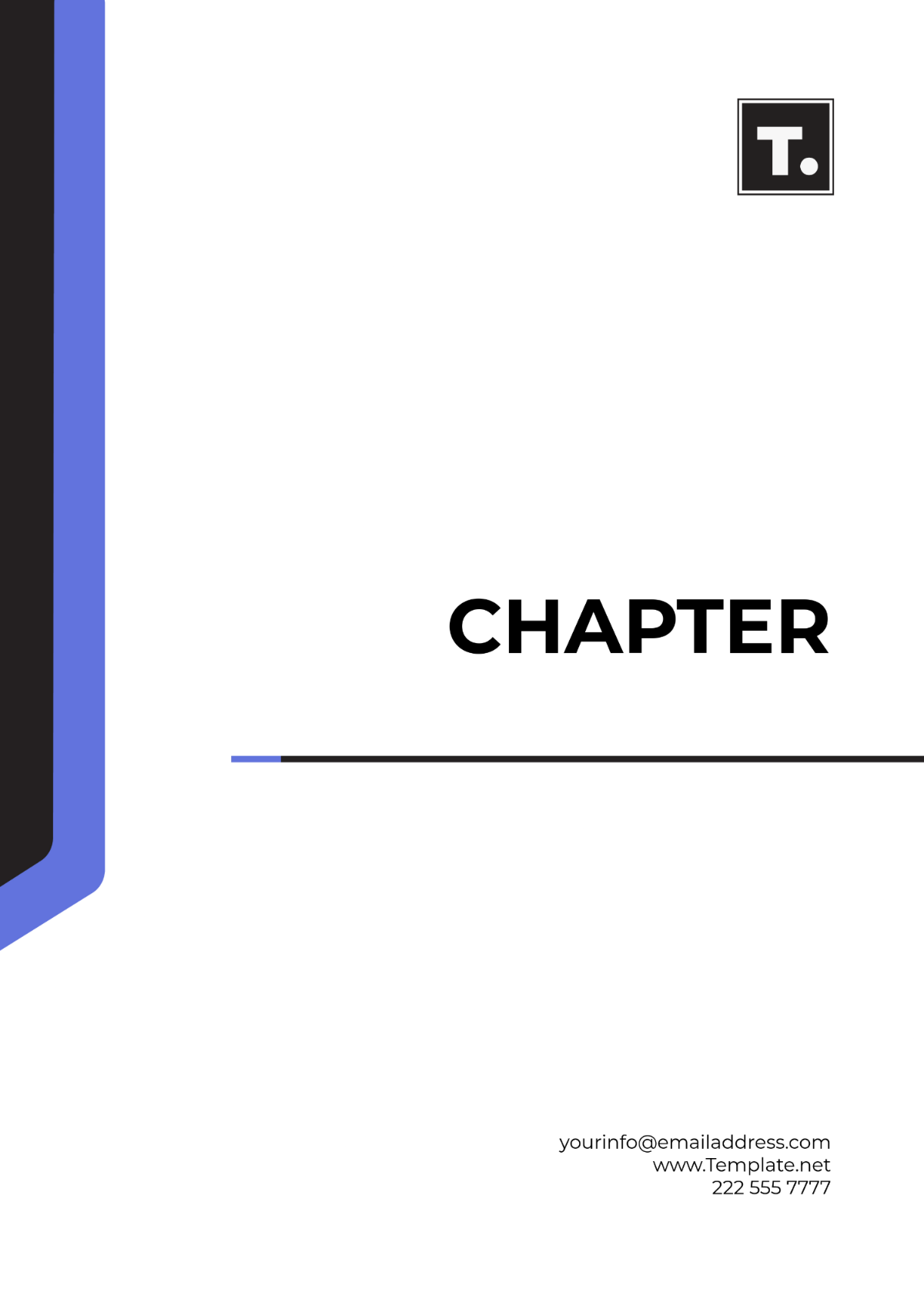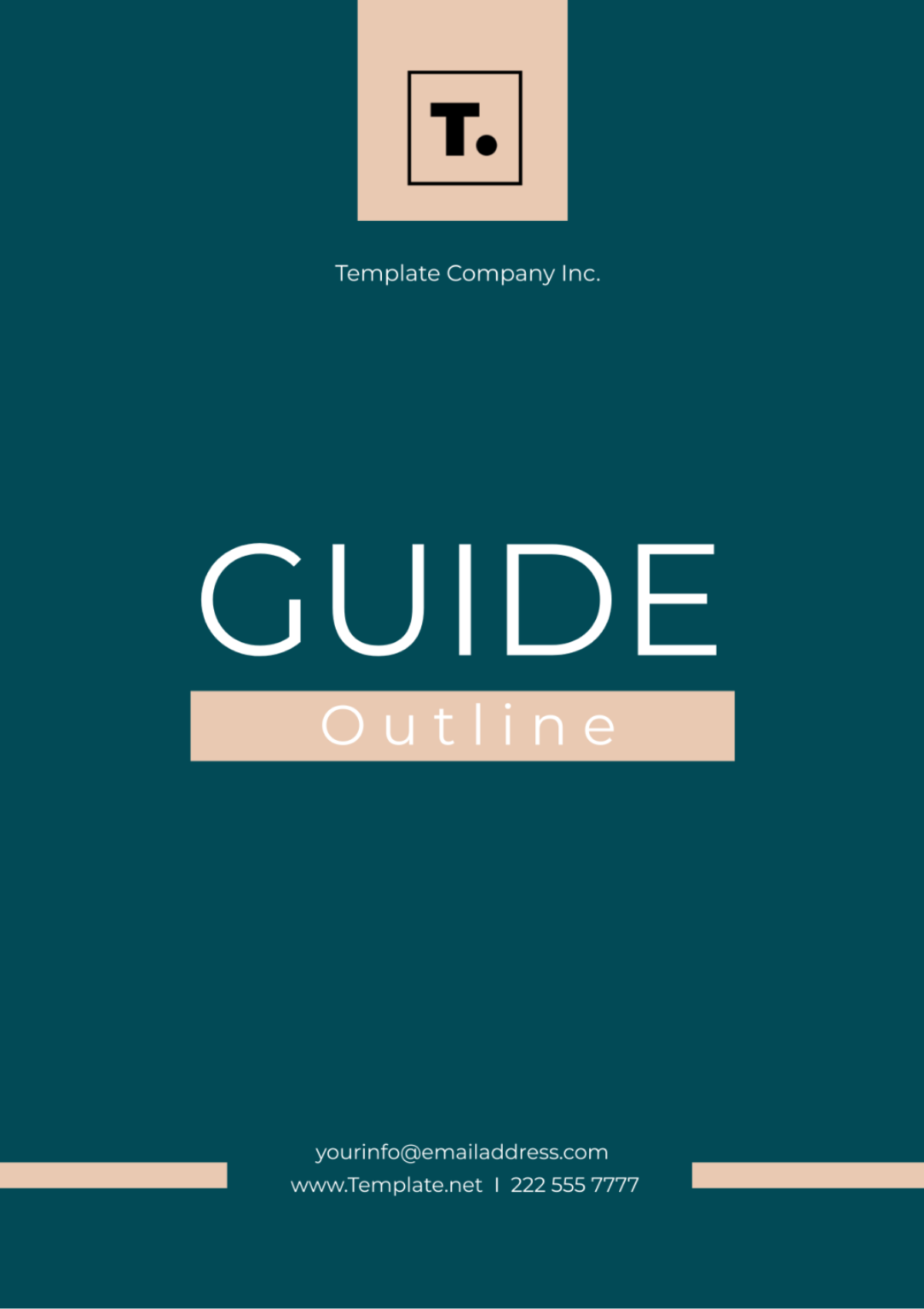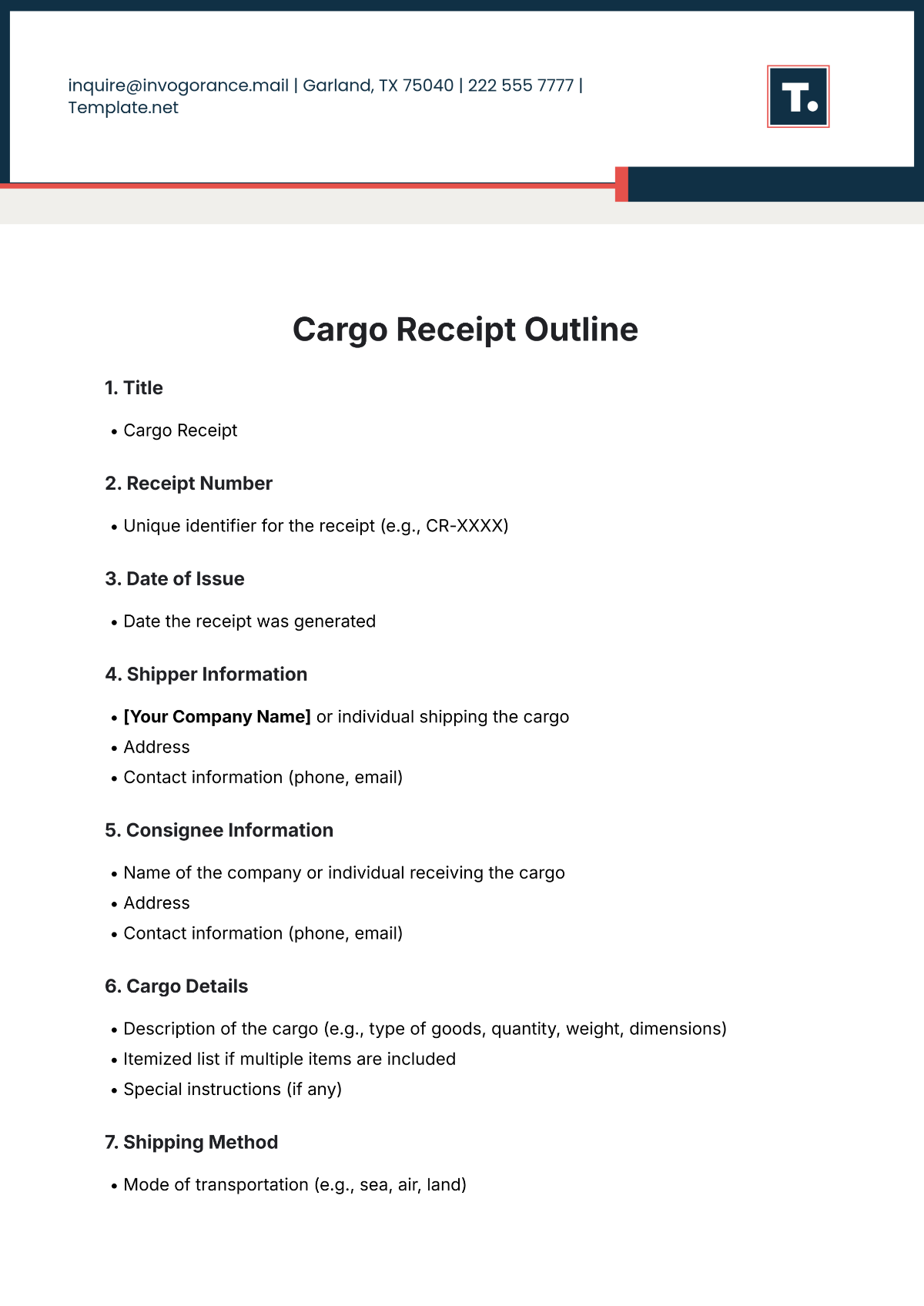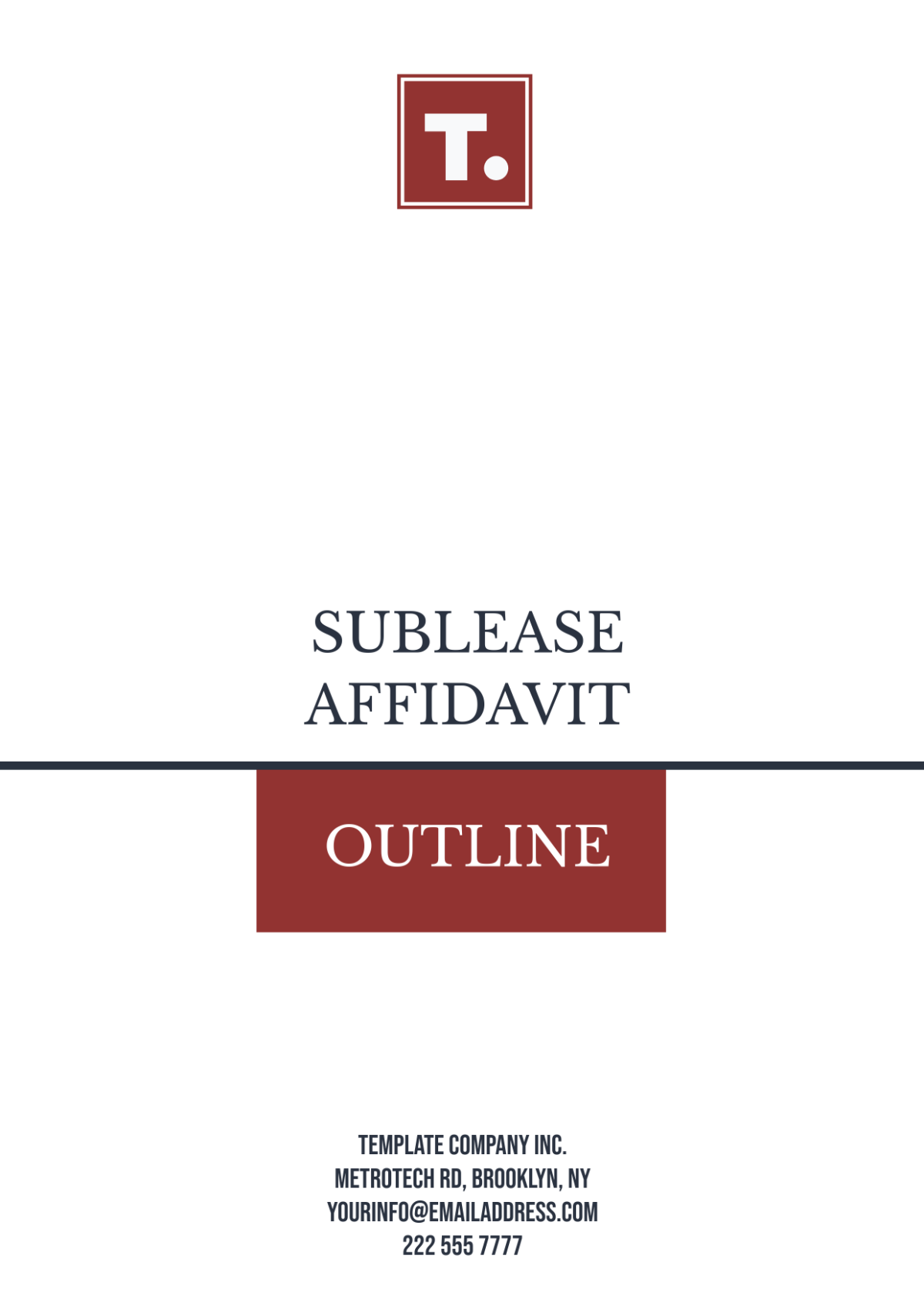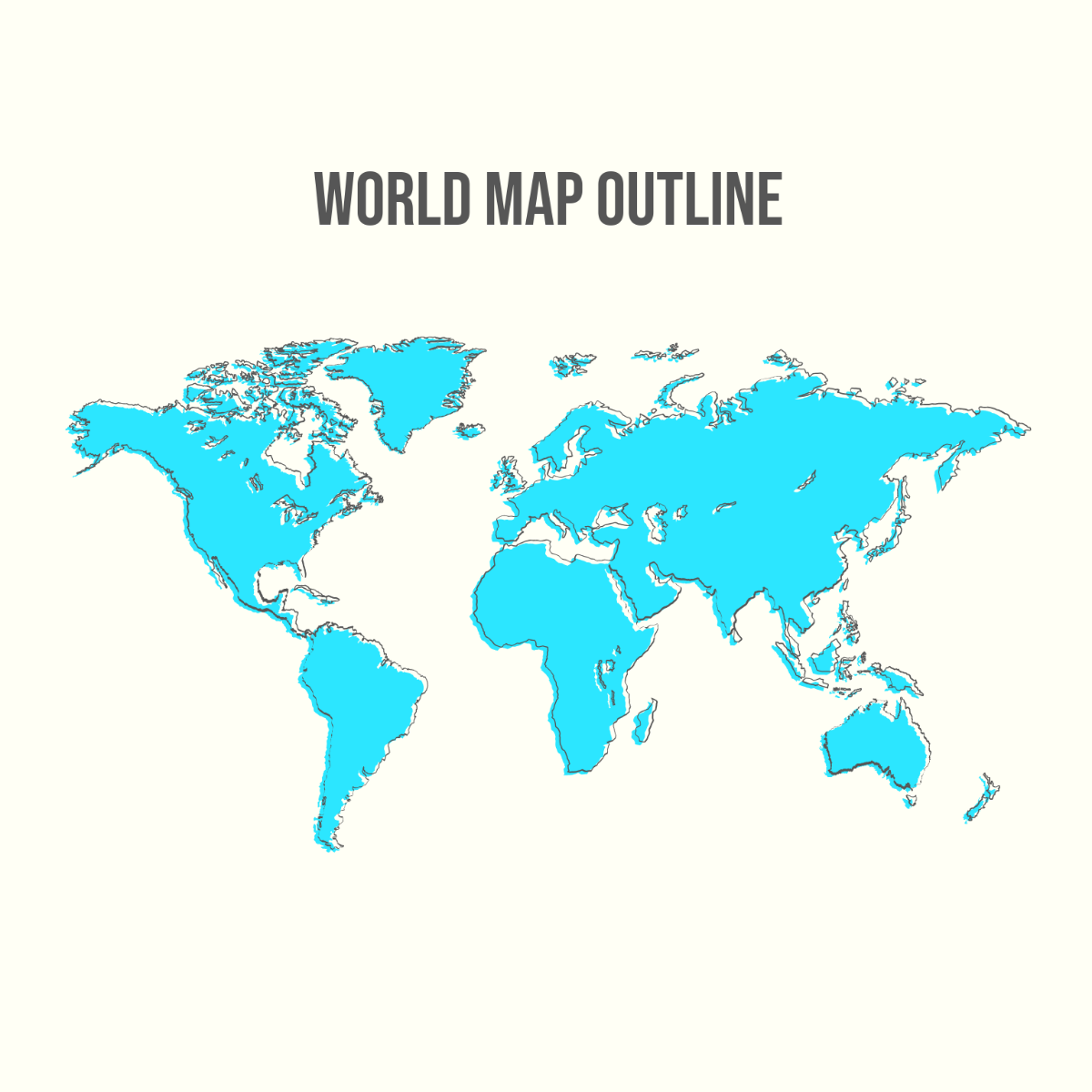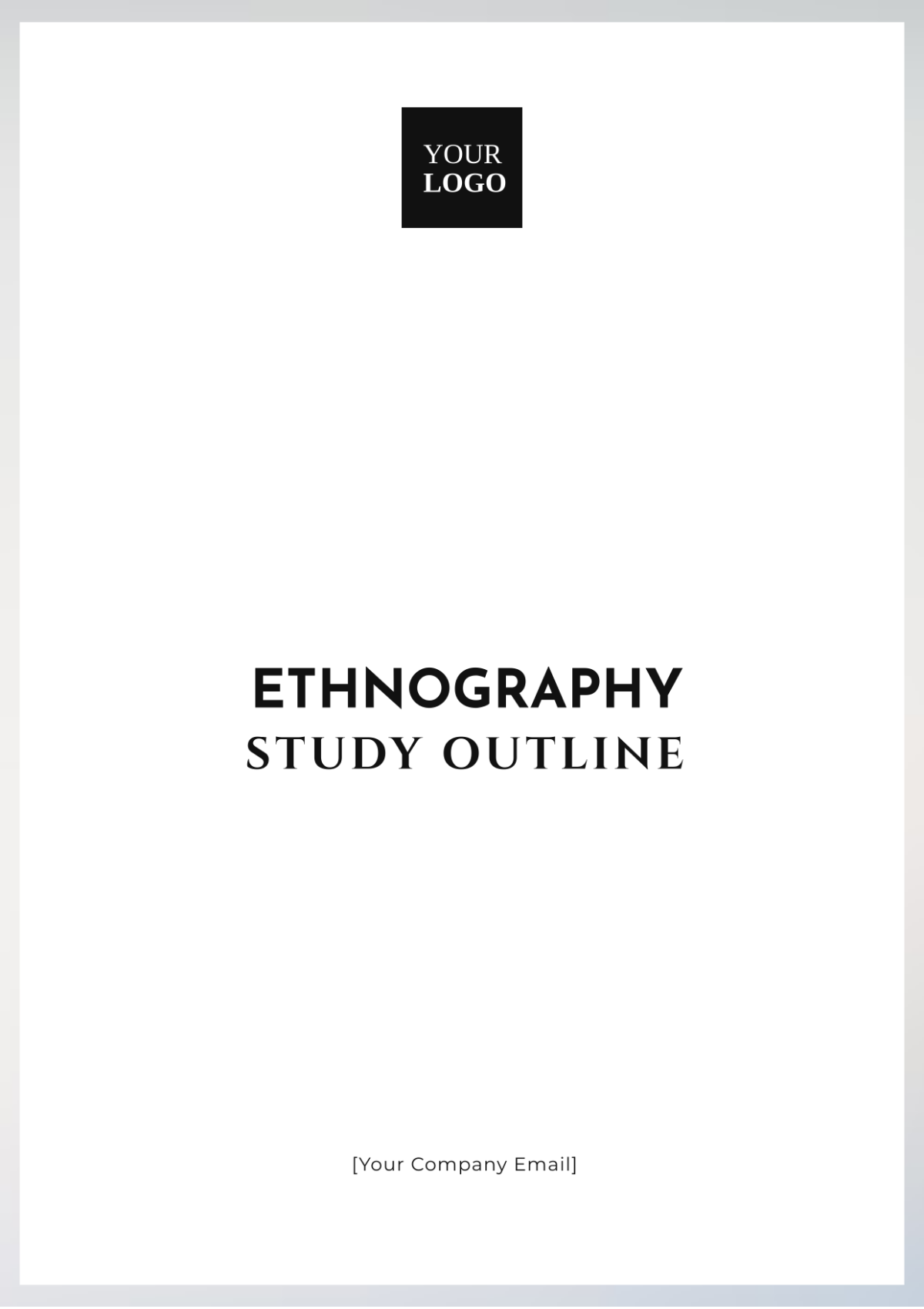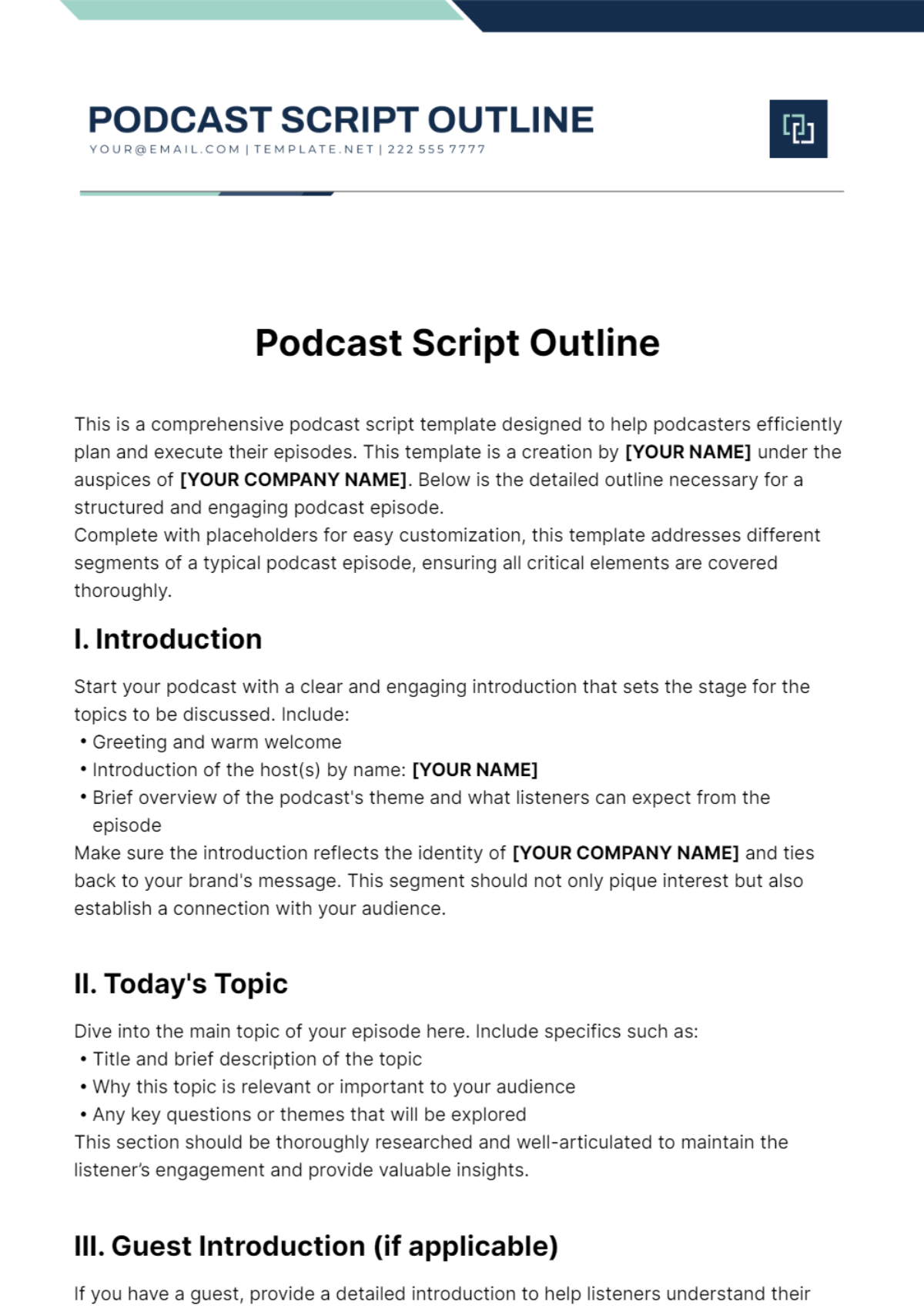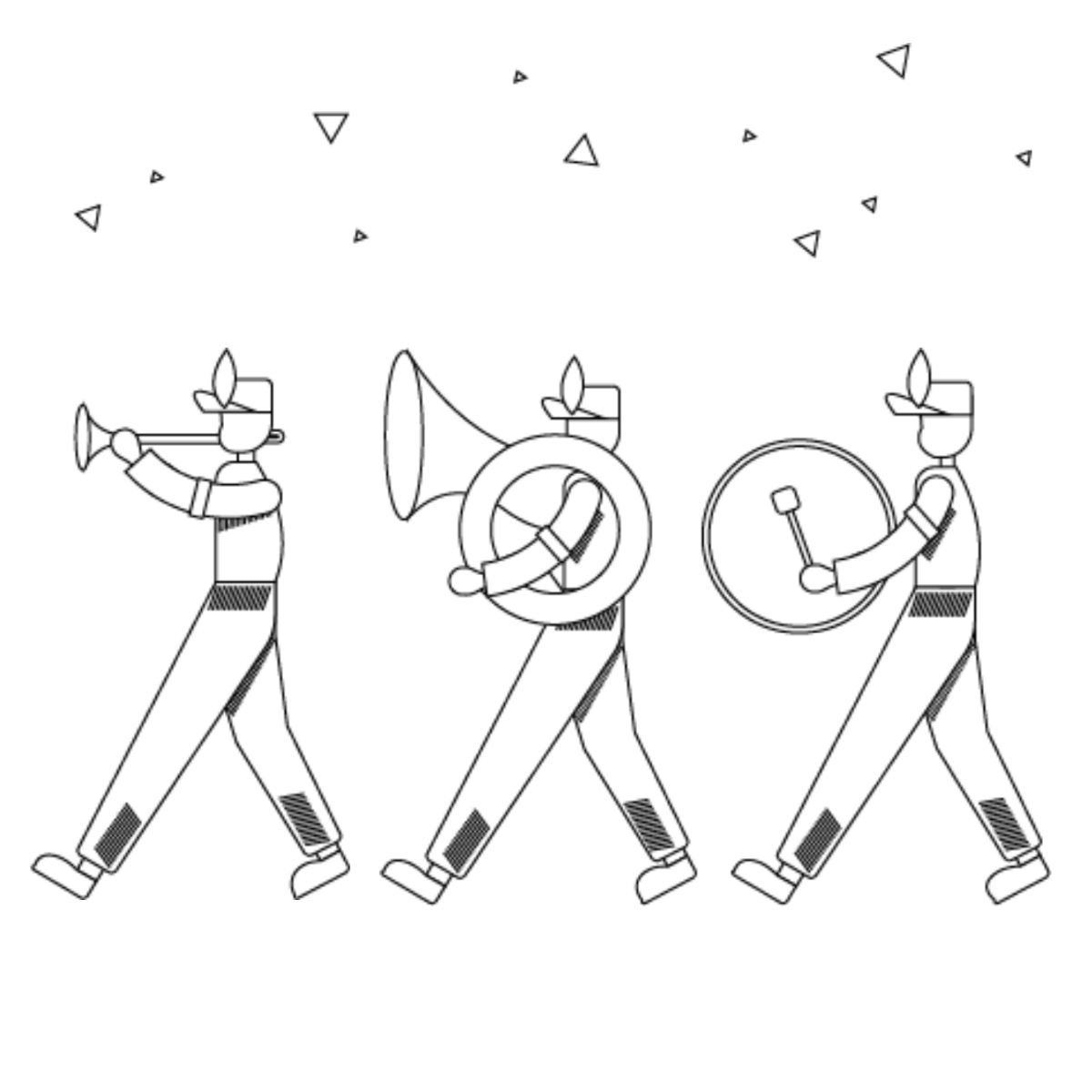Short Film Script Outline
Created by [YOUR NAME]
Organization: [YOUR COMPANY NAME]
Address: [YOUR COMPANY ADDRESS]
Email: [YOUR COMPANY EMAIL]
Phone: [YOUR COMPANY NUMBER]
Website: [YOUR COMPANY WEBSITE]
I. Synopsis
Start with a brief and compelling summary of the film that highlights the main conflict and the protagonist’s journey. This summary should be succinct, capturing the essence of the film in one or two paragraphs.
Example: The film tells the story of [PROTAGONIST NAME], a [PROFESSION/ROLE] fighting against [CHALLENGE/ANTAGONIST] in order to [GOAL]. As tensions escalate, [PROTAGONIST NAME] must confront his/her inner demons to achieve his/her objectives.
II. Characters
Introduce the main and supporting characters along with a brief description of each. Include key traits, motivations, and the role they play in the story. Use bullet points for clarity.
[PROTAGONIST NAME]: The hero of the story, struggling with [ISSUE/CHALLENGE]. [AGE/GENDER], [KEY TRAITS].
[ANTAGONIST NAME]: Main opposition to the protagonist, motivated by [MOTIVATION]. [AGE/GENDER], [KEY TRAITS].
[SUPPORTING CHARACTER NAME]: Friend/ally to the protagonist, helps in [ROLE IN THE STORY]. [AGE/GENDER], [KEY TRAITS].
III. Setting
Describe where and when the story takes place. This section should provide enough detail to vividly paint the scenes in the reader’s mind. Consider weather, locations, time period, and social conditions to help ground the narrative.
Example: The film is set in [LOCATION], during [TIME PERIOD]. The main action takes place in [SPECIFIC PLACE], which is known for [KEY DETAILS].
IV. Plot Outline
Detail the plot in structured sections, typically acts, that navigate through the introduction, rising action, climax, and resolution of the story. Number each act and include the essential events that propel the narrative forward.
Act I - Introduction: Introduce the world and characters. Set up the main conflict and stakes.
Act II - Rising Action: The protagonist faces obstacles. Tensions increase leading to the climax.
Act III - Climax: The turning point. The moment of greatest tension where the outcome is decided.
Act IV - Resolution: The aftermath and resolution of the story. How the characters’ lives are affected.
V. Themes
Identify and explore the central themes of the film. Discuss how these themes are woven into the characters’ arcs and the narrative. Examples might include redemption, courage, betrayal, etc.
Example: The story explores the theme of [THEME] as demonstrated through the journey of [PROTAGONIST NAME], who learns [LESSON/REALIZATION] by the end of the film.
VI. Additional Notes
Include any notes on the script that could be pertinent to different departments such as production design, wardrobe, or music. These details can offer guidance and further inspiration for the creative direction of the film.
Example: Pay special attention to [ASPECT] to enhance the cinematic feel during [SPECIFIC SCENE]. The music should reflect [MOOD/TONE] to complement the visual storytelling.
